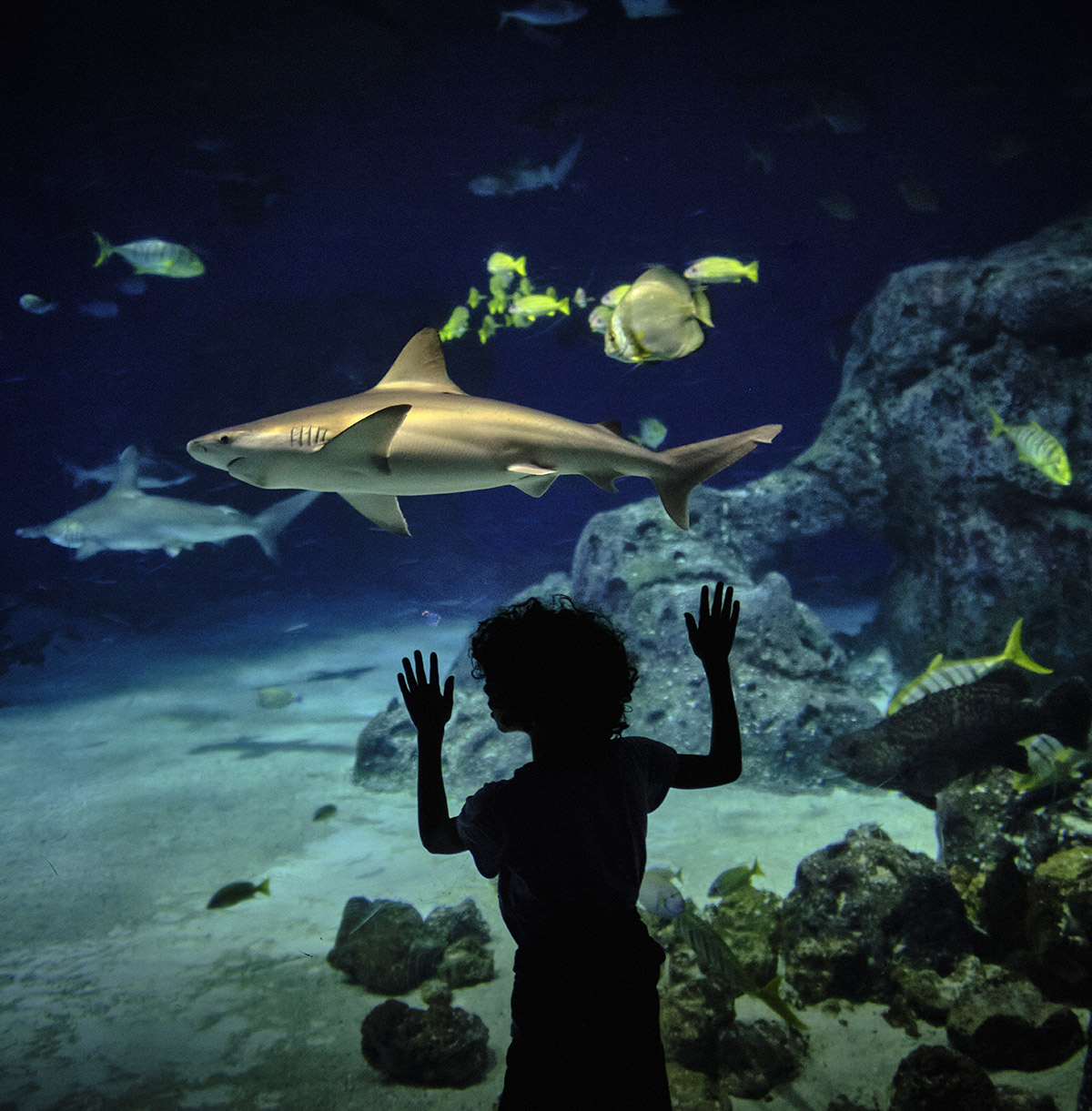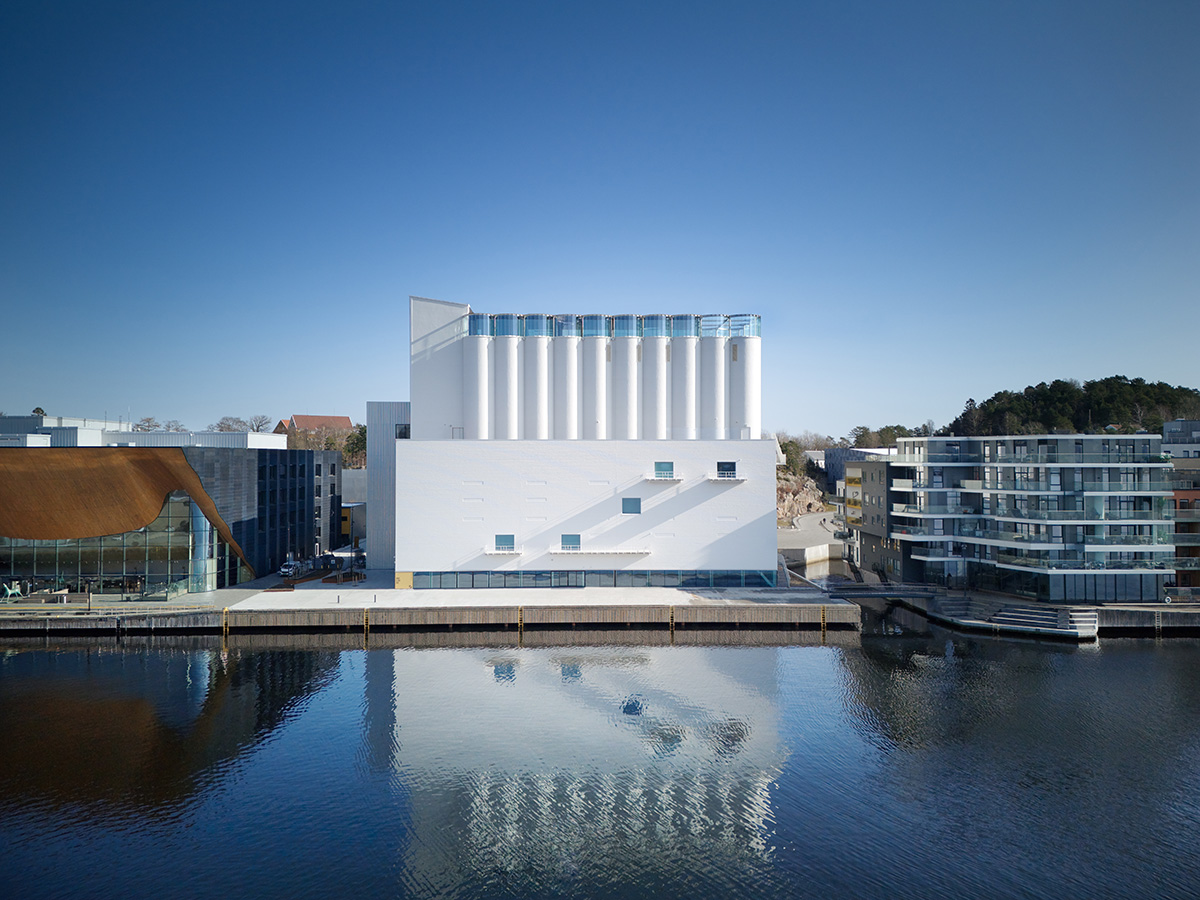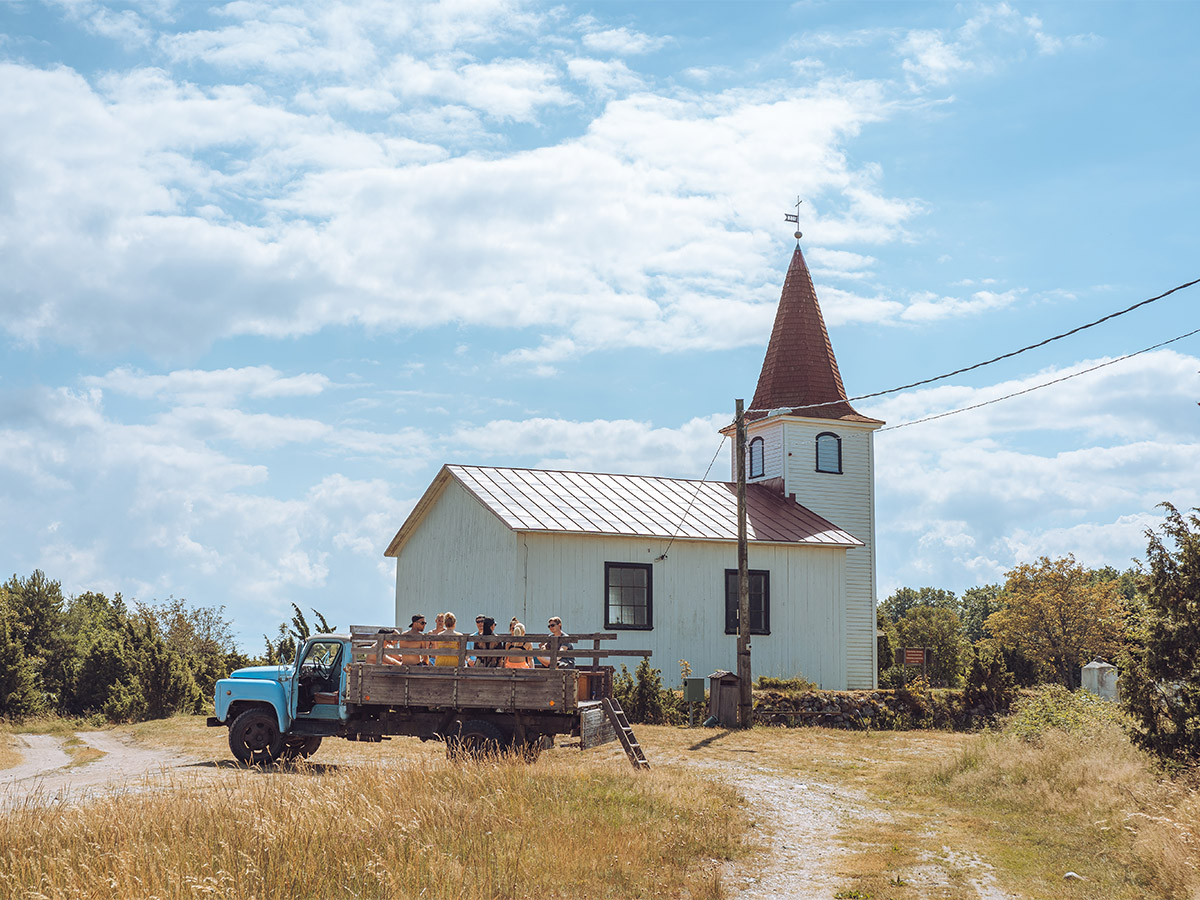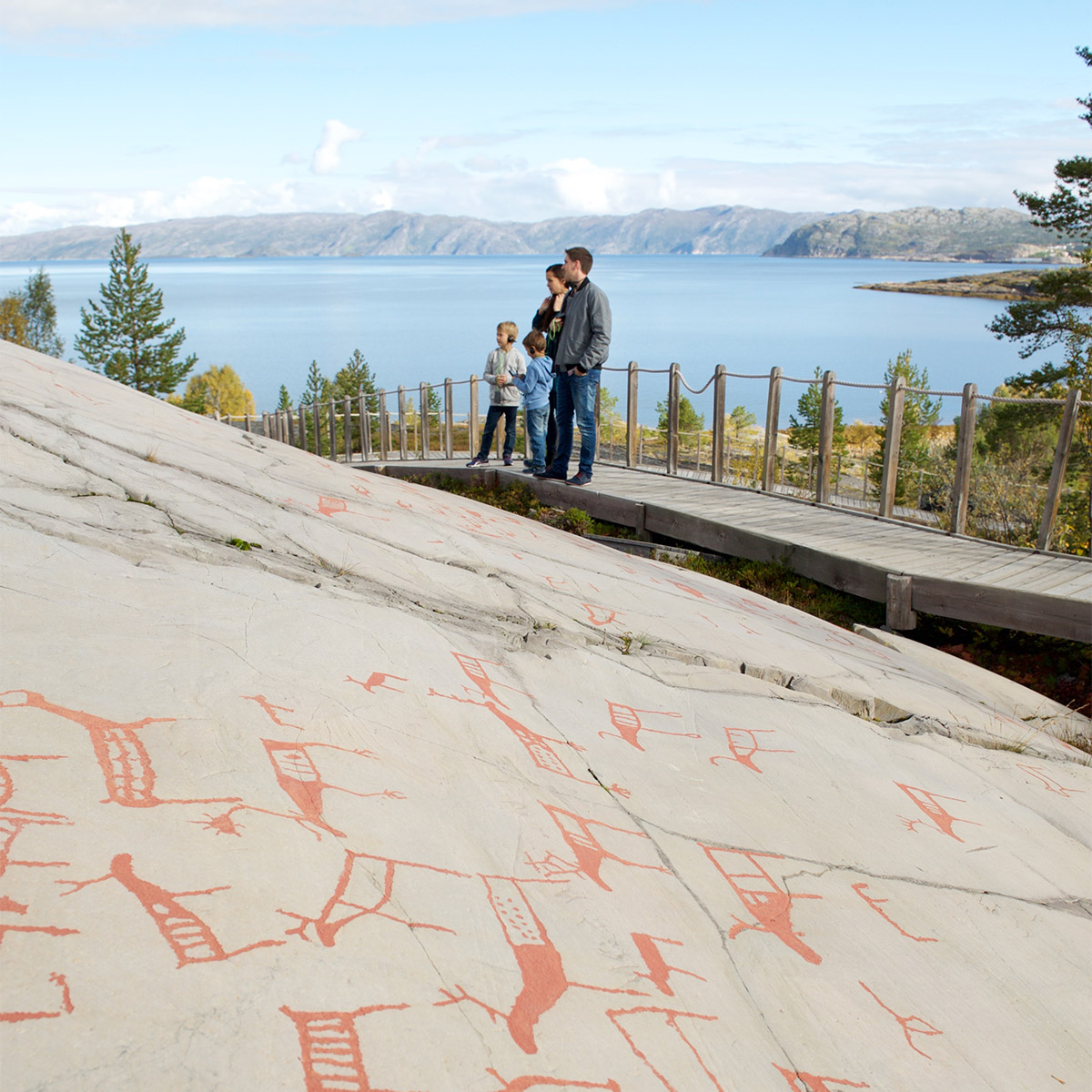Listasavn Føroya
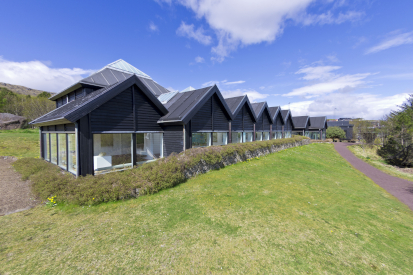
Listasavn Føroya – a small gallery with great national awareness
TEXT: JANE GRAHAM | PHOTOS © LISTASAVN FØRAYA
Faroese art is much younger than the landscape or traditions it portrays, but has now evolved into a central part of the nation’s identity. Listasavn Føroya is the only art museum in existence created solely to represent the art of the islands.
Listasavn Føroya, the National Gallery of the Faroe Islands, is one of the few places in this archipelago where you can find yourself surrounded by trees. The attractive building is inspired by the traditional Faroese boat houses and is situated roughly 15 minutes’ walk from the centre of Tórshavn on the outskirts of Viðarlundin, the biggest plantation on the islands.
“It’s a beautiful place to visit,” confirms the director of the National Gallery, Nils Ohrt. “Not only because of the trees, but also due to the building’s well-lit exhibition rooms with wooden tiles – and naturally, the collection itself.”
Listasavn Føroya opened its new building in 1993, but the collection itself dates back to World War II, when Faroese ties to Denmark were suddenly severed. “During the war, Faroese citizens, including artists, were isolated in German-occupied Denmark. To help the artists and to establish a national collection, the Faroese Art Society was founded in Copenhagen. After the war, the Faroese nation also started collecting art, until the two collections were merged into the museum in 1989,” explains Ohrt.
The rise of a national Faroese identity
Fine art was unknown in the Faroe Islands until the founder of Faroese painting, Sámal Joensen-Mikines, began his career in the 1930s. In addition to being one of the first native artists to depict Faroese life – in times of grief as well as celebration – he was also instrumental in attracting others to follow in his footsteps. These included Ruth Smith and Ingálvur av Reyni, the former an outstanding colourist and the latter the first abstract painter in Faroese art, who built upon the powerful naturalism of Joensen-Mikines to develop a radical expressionism.
“There has never been any kind of art academy here, so in the early days, most of the artists were educated in Copenhagen,” says Ohrt. “It’s surprising that so many excellent artists appeared within a tiny population, but I think this is connected to the rise of a national Faroese identity,” Ohrt explains.
To this question of identity, contemporary artist Edward Fuglø – also well represented at the gallery – responds with humour and irony. His depictions of Faroese sea birds dressed in suits and ties reflect the encounter between the islands and the globalised world.
Across all styles, however, Faroese art has apparently resisted the urge to be overly experimental. “And this makes it very accessible,” maintains Ohrt. “You can see what it portrays. In that sense it’s old-fashioned – in a good way.”
Web: art.fo
Facebook: ListasavnForoya
Instagram: @listasavn_foroya
Subscribe to Our Newsletter
Receive our monthly newsletter by email

